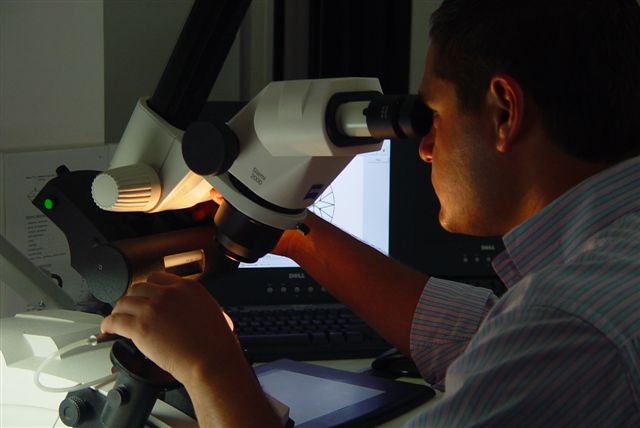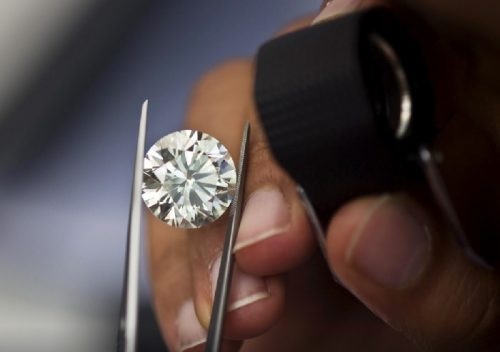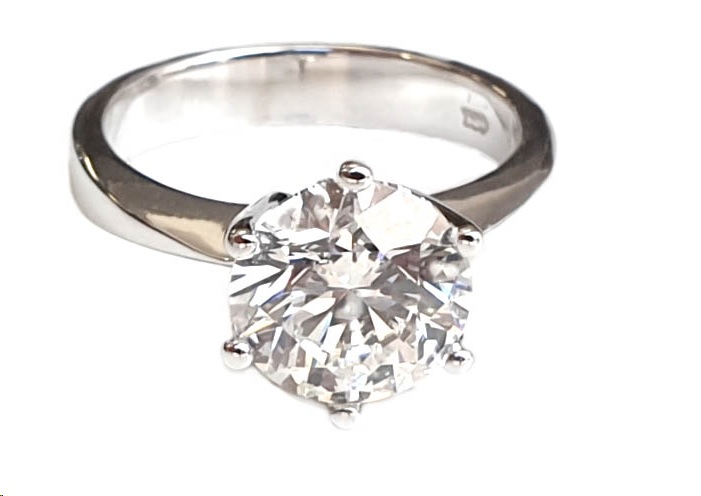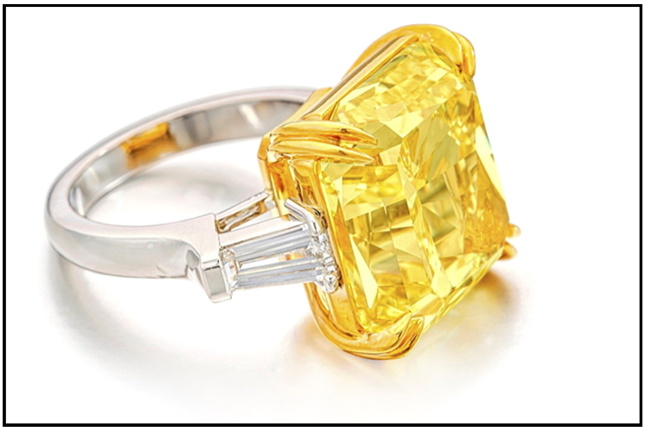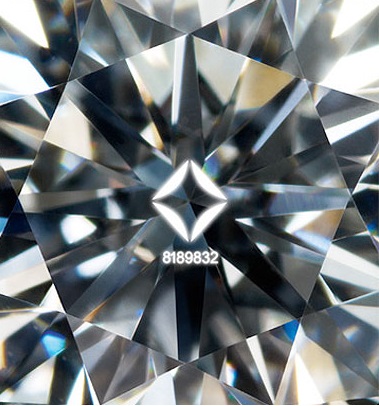Ask the jeweller if the diamond certificate comes from an independent diamond laboratory or if it produced by a diamond merchant or retailer, then do your research. Make sure the certificate is issued by the DCLA or another highly respected diamond grading laboratory; DCLA is the only diamond grading laboratory worldwide to offer a full-replacement Diamond Grading Guarantee.
Why is it important that my diamond certificate come from an independent diamond grading laboratory?
If you were buying a house would you accept an inspection from the owner? Of course you wouldn’t, you would insist that the inspection be done by an expert with no financial interest in the transaction. This situation is the same when buying diamonds. Be careful of diamond reports produced in-house by diamond merchants or retailers, as the report may be inaccurate and overstate the actual grading of the diamond.
What is diamond plotting?
Diamond plotting is the process of recording a diamond’s inclusions. At the DCLA, diamond plotting is done on a computer diagram, which is then stored in a database together with all the measurements and features of a diamond. This database is similar to a finger print database, as all diamonds have unique inclusions. The diamond’s plotting is shown on the diamond certificate, and is very important in the identification of a diamond.
If the diamond has been certified is it important that I receive the original diamond certificate or diamond grading report?
It is very important to get the ORIGINAL diamond grading report. Summaries or photocopies are not sufficient, and will not protect you if there is a problem later.
Why do only round brilliant cut diamonds get a proportion grade ?
Why do only round brilliant cut diamonds get a proportion grade ?
Well that’s because only round brilliant cut diamonds will have a proportion grade as it is the only diamond shape with scientifically determined parameters.
All other diamond shapes do not have a proportion grade as there are no set parameters, and therefore no standard, to compare different diamonds against.
How do slight differences in the 4C’s affect a diamond’s value?
The nature of diamonds is such that even a very SMALL variation in any of the 4 C’s will have a significant effect on value. To give you an idea of just how sensitive the value of a diamond is to each characteristic, here are some examples (assuming all other characteristics remain constant):
Carat: A difference of 0.1 of a carat (or 0.02 grams) can affect the value of a diamond by as much as 70%.
Colour: A diamond’s colour ranges from D to Z. However the “white” colour range is from D to I (D, E, F, G, H, I). The difference between each colour is very subtle; however a D colour diamond is around 200% more valuable than an I colour diamond. The difference between a D colour diamond and an E colour diamond(which is almost impossible to tell without a set of diamond master stones) can be as much as 40%.
Clarity: Even something as small as a pinpoint, which is only visible under a powerful microscope, can affect a diamond’s value. Each pinpoint could reduce the value of a diamond by 40%.
Cut: Round brilliant cut diamonds are more valuable per carat than other diamond shapes whereas well-made diamonds are worth more than a poorly made diamonds.
The value of the diamond represents between 80 and 95% of the value of a typical diamond ring. Therefore, it is easy to understand why the accuracy of the diamond grading report is so vital and how this knowledge is beneficial to you when you’re looking to purchase your next diamond.
Which one of the 4 C’s of diamond grading is the most important ?
All of the 4 C’s are equally important; however, many people consider diamond cut to be the most important diamond characteristic, because even if a diamond has perfect colour and clarity, a diamond with poor cut quality will have dulled brilliance and life.
Diamond cleaning
Because your diamond when worn naturally attracts grease or oil, they will need periodic cleaning.
Even when touching a diamond with your fingers natural oils from your skin will change the brilliance of your diamond, making your diamond lose its lustre or brilliance.
A simple way to keep your diamond jewellery looking beautiful is a weekly bath in a household cleaning solution. A simple window cleaner will work, but make sure you give it a thorough rinsing, followed by a very light brushing using an old tooth brush to remove the oils and cleaning liquid.
Pay special attention to the underside of the ring and bottom of the stone, as this is where most of the oils or hand creams accumulate.
Make sure when using a brush not to apply to much pressure especially if the jewellery is old or fragile. This is a good time to check the diamonds are tightly set and none are missing.
Never use Chlorine, bleaches or abrasives when cleaning diamonds set in jewellery. This will remove the rhodium plating on white gold and could leave scratches which will attract even more dirt.
If the ring has fine claws or filigree work an ultrasonic cleaner is necessary to remove deep encrusted dirt behind the diamonds. High frequency sound waves and jewellery detergent fluid will remove hard to get to dirt and grime. Make sure this is done by a professional to avoid damage or loss of stones.
132 Ct Unveiled by Graff
Pictures of the Spectacular Fancy Yellow Diamond Polished by Graff Diamonds have been released.
Laurence Graff, the founder of the international luxury diamond and jewellery firm that bears his name, purchased the 299 ct rough diamond from the Letšeng mine in the Southern African kingdom of Lesotho.
Graff’s latest masterpiece named “The Golden Empress,” was polished into the 132.55 Cts stone an extremely rare diamond is a Fancy Intense yellow cushion cut,
The diamond is among the largest and rarest in the world. Only one in 10,000 diamonds discovered are classified as fancy coloured such as this yellow diamond.
De Beers diamond grading and inscription facility opened in Surat

The major investment in Surat facility reflects a world class diamond cutting and polishing centre characterised by skill, innovation and the effective use of technology.
De Beers the world’s leading diamond company is considering a diamond auction centre in India.
This laboratory is the second of its kind in the world owned International Institute of Diamond Grading and Research.
The laboratories primary function will be to select and inscribe Forevermark diamonds with the unique serial number to deliver an accurate and reliable grading for diamonds.
De Beers is the world’s leading diamond company established in 1888 experts in exploration, mining and marketing of diamonds.
